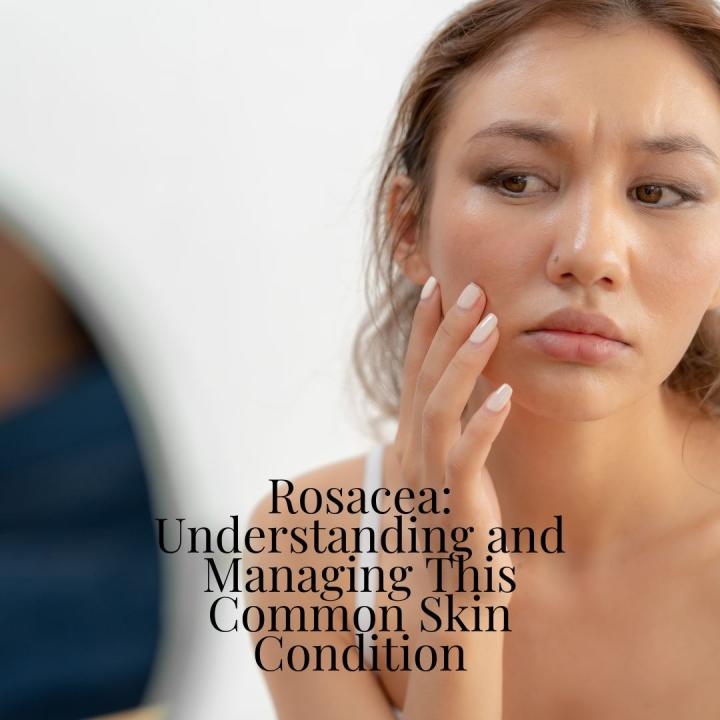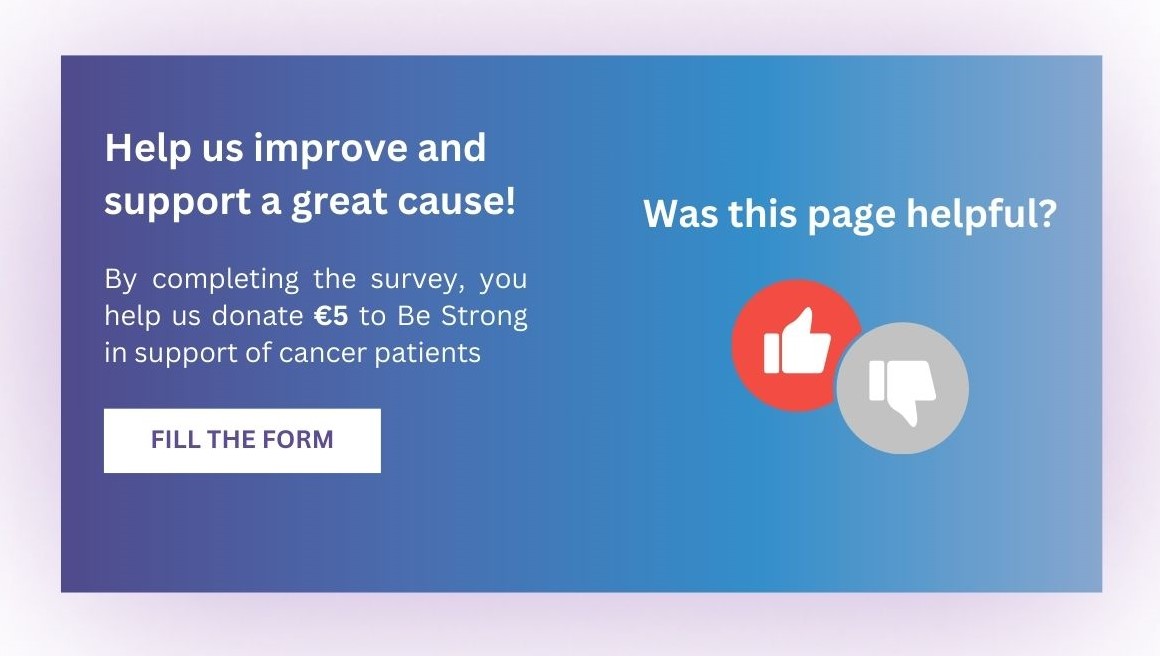
Rosacea: Understanding and Managing This Common Skin Condition
Rosacea is a skin condition that causes redness and visible blood vessels in the face. While it's often mistaken for acne or a simple blush, rosacea is a distinct condition that requires specific care. Let's dive into what rosacea is, its causes, and how to manage it.
Rosacea is often divided into four subtypes:
- Erythematotelangiectatic rosacea: Characterized by facial redness and visible blood vessels.
- Papulopustular rosacea: Involves pimples and pus-filled bumps similar to acne.
- Phymatous rosacea: Causes the skin to thicken, often on the nose.
- Ocular rosacea: Affects the eyes, causing dryness, irritation, and bloodshot appearance.
Several factors can trigger rosacea flare-ups, including:
- Sun exposure: UV rays can worsen redness and inflammation.
- Extreme temperatures: Both hot and cold weather can trigger symptoms.
- Spicy foods: Certain foods can cause flushing and increased blood flow.
- Alcohol: Consuming alcohol can exacerbate rosacea symptoms.
- Stress: Emotional stress can trigger flare-ups.
- Certain medications: Some medications may contribute to rosacea.
While there's no cure for rosacea, several strategies can help manage symptoms:
- Gentle skincare: Use mild cleansers, moisturizers, and sunscreen formulated for sensitive skin.
- Lifestyle changes: Managing stress, limiting alcohol intake, and protecting your skin from the sun are essential.
- Medical treatments: Dermatologists may prescribe topical or oral medications, or recommend laser therapy for severe cases.
Remember, it's crucial to consult a dermatologist for an accurate diagnosis and personalized treatment plan.




